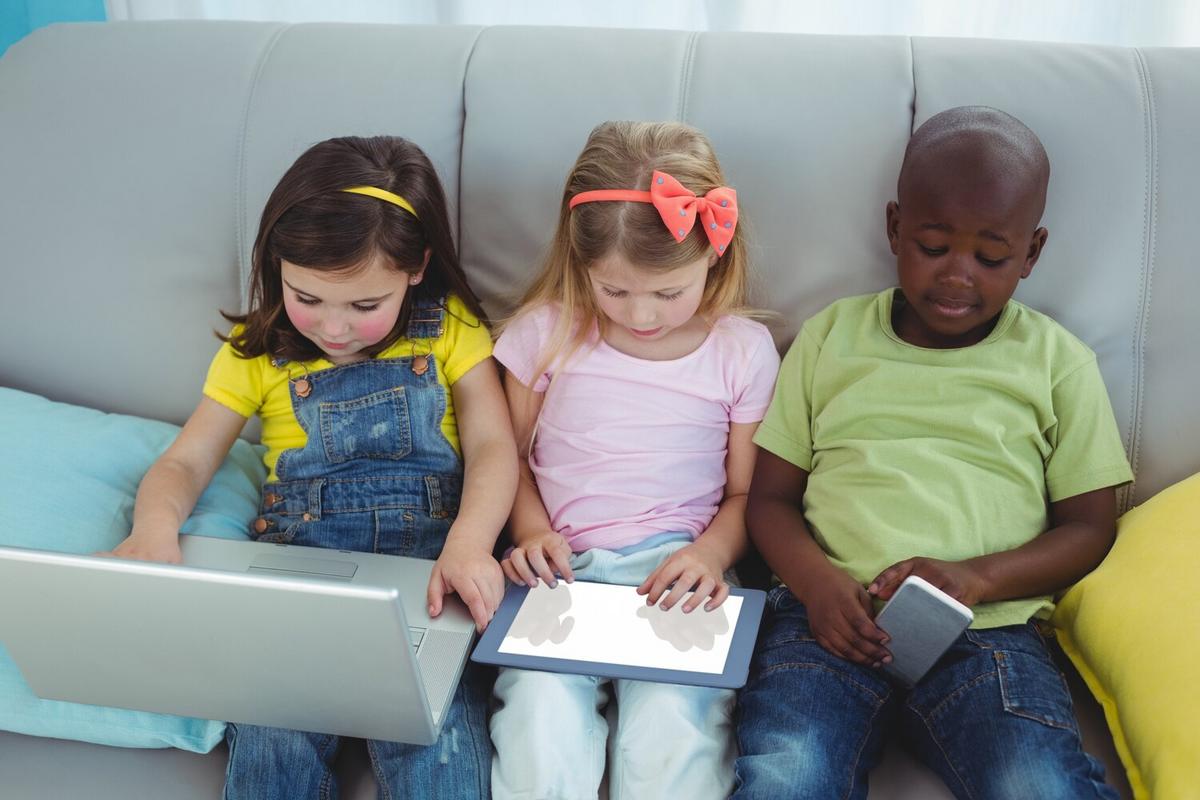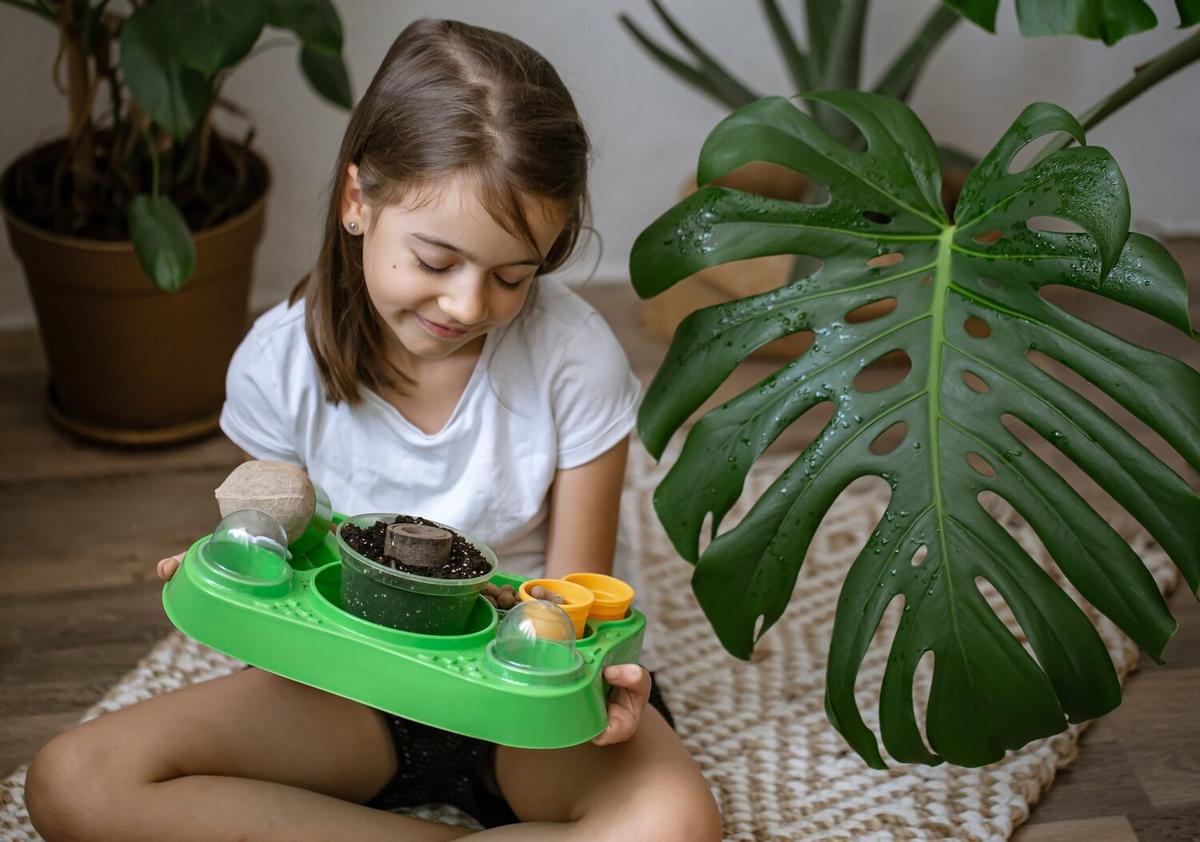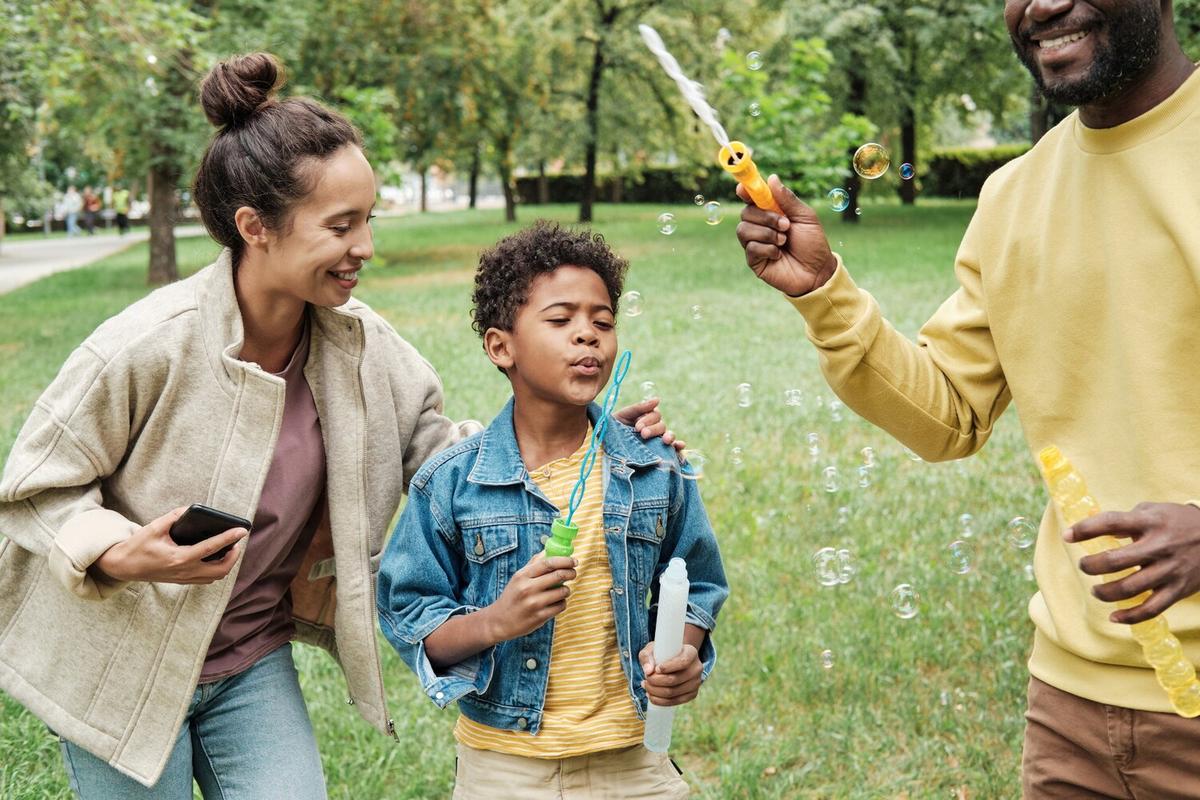
Zero Waste Parenting: A Beginner’s Guide
Navigating the world of parenting often means making choices that not only affect your family but also the planet. Zero waste parenting is an inspiring and achievable approach that encourages families to reduce their environmental footprint through mindful practices.
Embracing a zero waste lifestyle as a parent involves adopting strategies that minimize waste production at home. This approach is not only beneficial for the environment but also instills sustainable values in children from an early age.
Why Choose Zero Waste Parenting?
Zero waste living revolves around the principle of reducing waste by rethinking how we consume products. According to a report by the Environmental Protection Agency, the average American generates about 4.4 pounds of waste per day. By adopting zero waste practices, families can significantly cut down their contribution to landfills.
“Teaching children the importance of sustainability from a young age helps cultivate environmentally conscious adults,” says Emma Johnson, a sustainability expert.
Getting Started: Practical Tips
- Cloth Diapers: Opt for reusable cloth diapers instead of disposable ones. This switch can prevent thousands of diapers from ending up in landfills.
- Second-Hand Shopping: Consider buying clothes, toys, and furniture from second-hand stores. This not only saves money but also reduces demand for new products.
- DIY Baby Food: Make homemade baby food in reusable containers to avoid single-use packaging.
Personal Experience: One Family’s Journey
When James and his family decided to transition to a zero waste lifestyle, they started with small changes. “We began by eliminating single-use plastics from our kitchen and it made a huge difference,” James shares. Over time, these small steps led to a more sustainable household.
Comparison Table: Zero Waste vs. Conventional Parenting
| Aspect | Zero Waste Parenting | Conventional Parenting |
|---|---|---|
| Diapers | Cloth, reusable | Disposable, single-use |
| Clothing | Second-hand, DIY | New, retail |
| Food | Homemade, bulk | Packaged, processed |
| Toys | Minimal, sustainable | Plastic, mass-produced |
| Cleaning | Eco-friendly, homemade | Chemical, store-bought |
| Transportation | Walking, cycling | Car, public transport |
| Celebrations | DIY, experience-based | Theme, disposable |
| Waste Management | Composting, recycling | Trash, landfill |
FAQs
Is zero waste parenting expensive?
Initially, some zero waste alternatives might seem costly, but they often save money in the long run due to their reusable nature.
How can I reduce plastic use in a child’s lunch?
Use stainless steel lunch boxes, cloth sandwich bags, and glass water bottles to reduce single-use plastics.
Conclusion: Embrace the Change
Zero waste parenting is about making sustainable choices that benefit both the environment and your family. By taking these steps, you can reduce your carbon footprint and set a positive example for your children. Start small, stay committed, and watch as your efforts contribute to a healthier planet.


